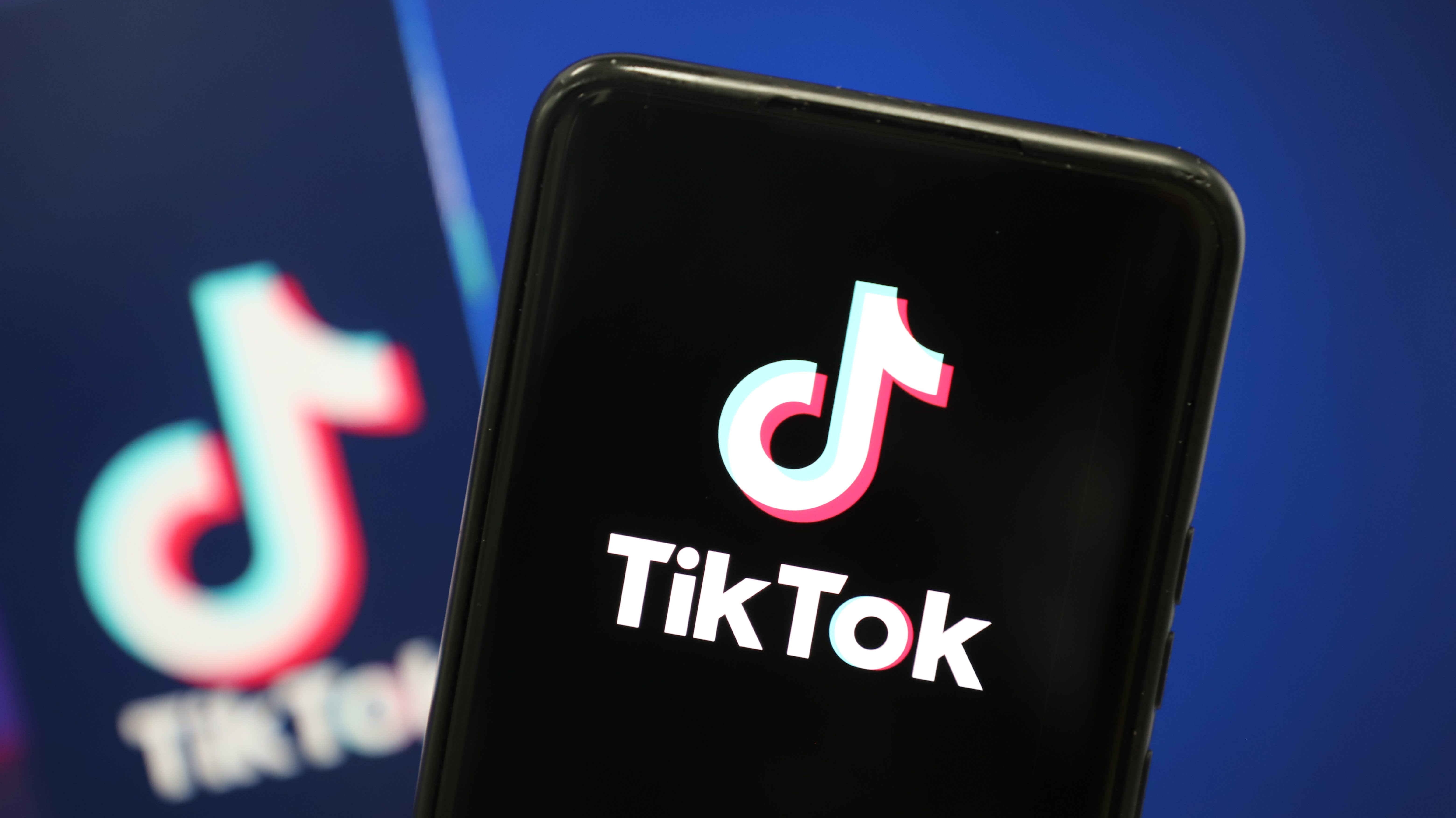During his junior year at Scarsdale High School in New York, Wolf Cukier landed a two-month internship with NASA. So during the summer of 2019, he traveled down to NASA’s Goddard Space Flight Center in Greenbelt, Maryland.
His first assignment was to examine variations in star brightness captured by NASA’s Transiting Exoplanet Survey Satellite, known as TESS, as a part ofthe Planet Hunters TESS citizen science project. (The citizen science project allows people who don’t work for NASA to help with finding new planets.)
Just three days into his internship, Cukier discovered a new planet.
NASA announced the news on their website this week, after confirming the teenager’s work, submitting a paper that Cukier co-authored for scientific review and announcing the discovery of the planet, now named “TOI 1338 b,” at the 235th American Astronomical Society meeting.
“I was looking through the data for everything the volunteers had flagged as an eclipsing binary, a system where two stars circle around each other, and from our view eclipse each other every orbit,” 17-year-old Cukier tells NASA. “About three days into my internship, I saw a signal from a system called TOI 1338. At first I thought it was a stellar eclipse, but the timing was wrong. It turned out to be a planet.”
“I noticed a dip, or a transit, from the TOI 1338 system, and that was the first signal of a planet,” Cukier explains to NBC 4 New York. “I first saw the initial dip and thought, ‘Oh that looked cool,’ but then when I looked at the full data from the telescope at that star, I, and my mentor also noticed, three different dips in the system.”
According to NASA, TOI 1338 b is 6.9 times larger than Earth (in between the size of Neptune and Saturn) and is located in the constellation Pictor, about 1,300 light-years away from Earth. For context, the Earth’s sun is between seven and nine light-minutes away.
U.S. & World
TOI 1338 b is the first planet captured by the TESS system that is considered a circumbinary planet, meaning it orbits two stars. The two stars orbit each other every 15 days, and one is 10% larger than the Sun.
Together, TOI 1338 b and its two stars make up what is called an “eclipsing binary.”
In an interview with News 12, Cukier compared his discovery to “Star Wars.” “I discovered a planet. It has two stars which it orbits around,” he said. “So, if you think to Luke’s homeworld, Tatooine, from ‘Star Wars,’ it’s like that. Every sunset, there’s gonna be two stars setting.”
Cukier has several framed “Star Wars” posters and a telescope in his bedroom.
NASA states that circumbinary planets like TOI 1338 b are difficult to detect because typical software can confuse them for eclipses, which is why the help from interns like Cukier is valuable.
“These are the types of signals that algorithms really struggle with,” Veselin Kostov, a research scientist at Goddard tells NASA. “The human eye is extremely good at finding patterns in data, especially non-periodic patterns like those we see in transits from these systems.”
After making history, the high school senior is now thinking about his future in college, telling News 12 “my top three choices are Princeton, MIT and Stanford.”
This story first appeared on CNBC.com. More from CNBC:



